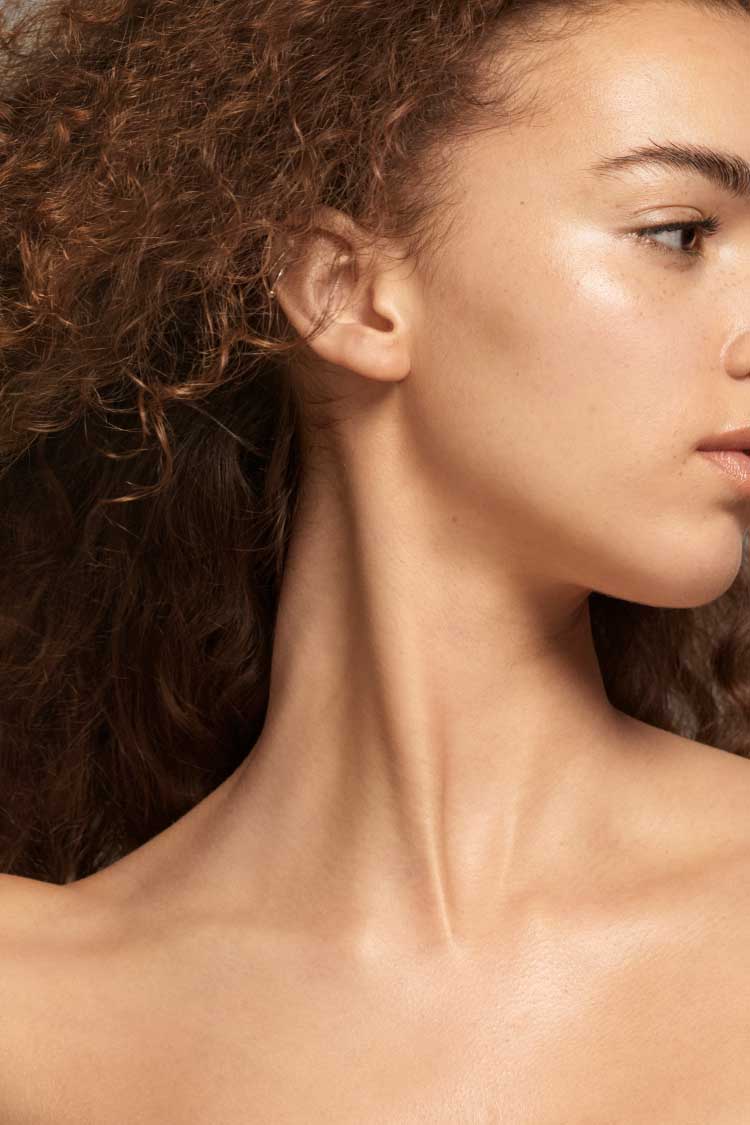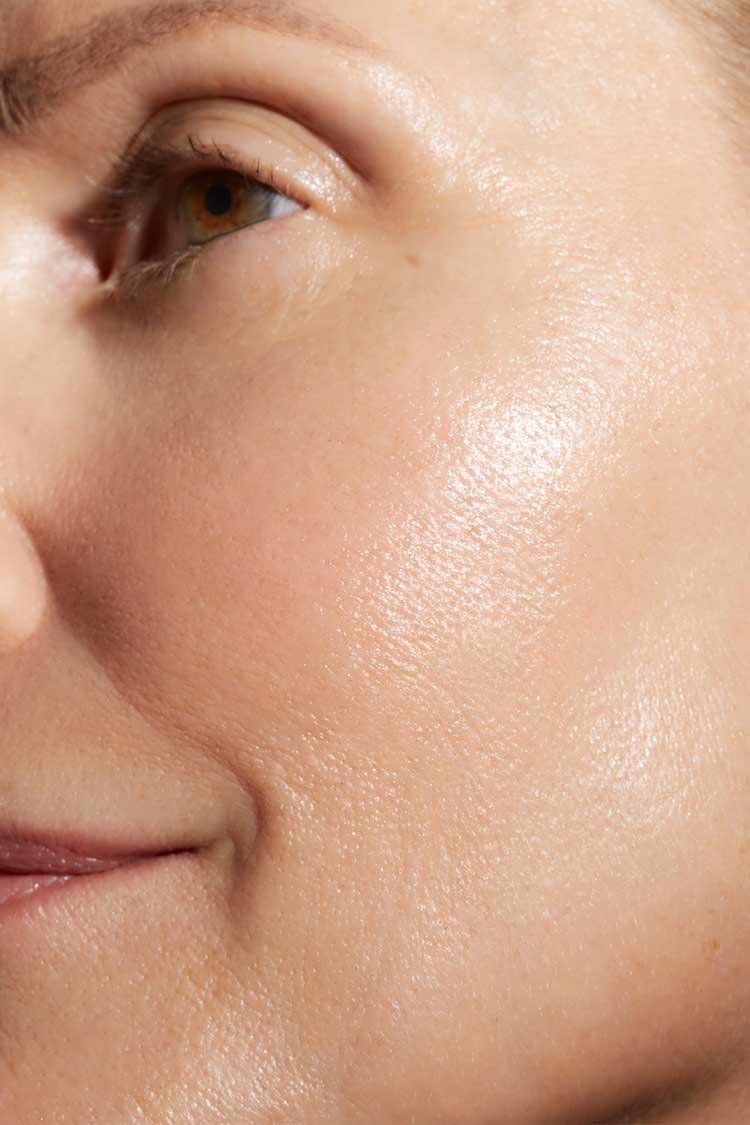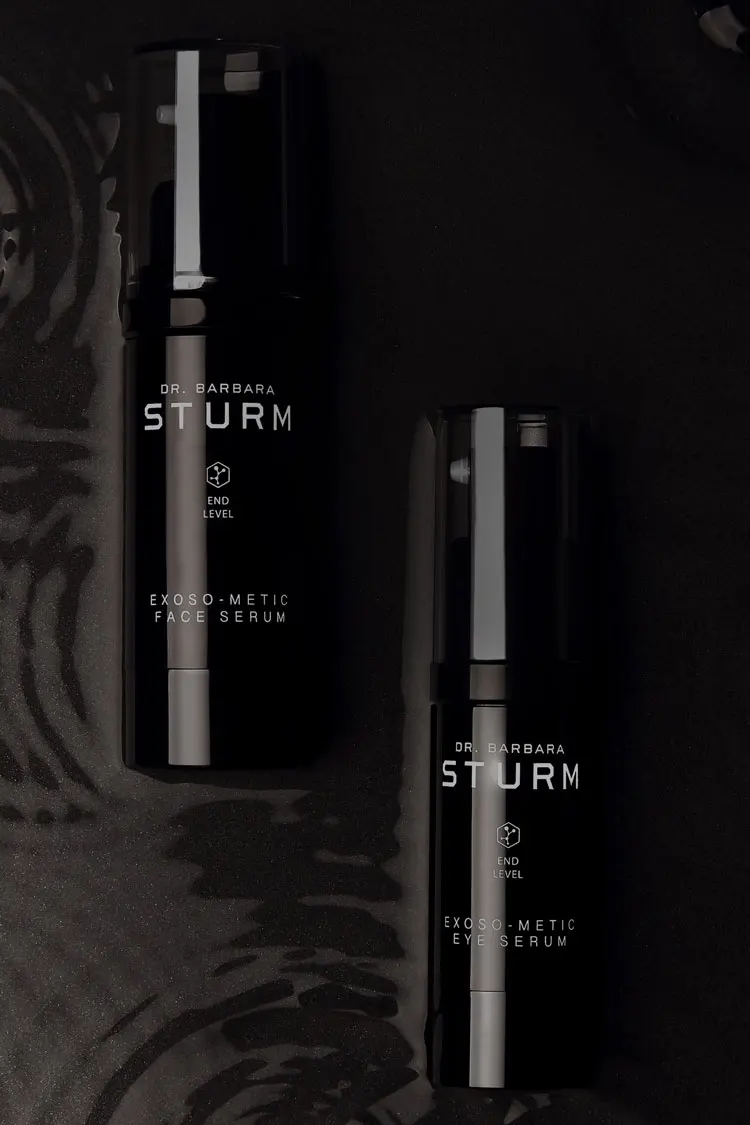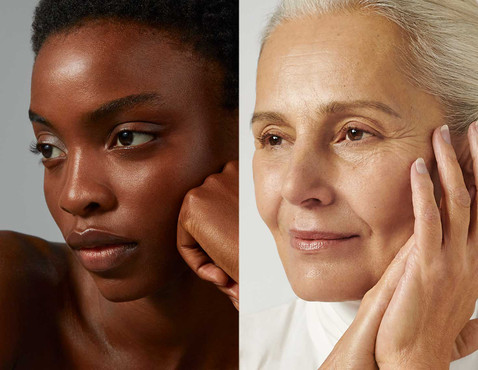What is the Skin Cycle?
4th Sep 2024
Our skin is the body’s largest organ and its first defence against external germs, infections, water loss, temperature change, trauma and UV radiation. It consists of three distinct layers: the epidermis, the dermis and the subcutaneous layer. The outer layer of the skin, and also the thinnest layer, is the epidermis, which provides a waterproof barrier and creates the individual skin tone. Due to the constant formation of new basal cells in the lowest layer of the epidermis, the overlying cells are continuously pushed further and further upwards, where they slowly dry out, become keratinized and become dry, dead skin flakes. These old skin cells are replaced by the new skin cells which have moved upwards towards the surface of the skin. This entire rejuvenation process takes an average of 28 days and is known as a skin ‘cycle.'
Why Skin Renewal Slows Down?
Day after day, the skin sheds about 14 grams of these dead keratinized cells. With increasing age however, this cell renewal process slows down - teenagers experience it every 10 – 21 days, while people in their 40’s and 50’s experience it every 45 – 60 days. With the slowing of these life cycles comes the accumulation of dead skin cells on the surface of the epidermis and loss of moisture overall: the older a human gets, the slower the metabolic activity of our skin becomes and we experience a decrease in collagen, Hyaluronic Acid and elastin fibres, which form the supporting structure of the skin. This results in the skin appearing less firm and supple, uneven texture and dullness and so-called melanin nests (color pigments of the skin) can also form, causing some areas to appear darker than the rest of the skin. Inflammation, skin cancer or wound healing disorders also have a higher probability of occurrence.
The Beneficial Effects of Exfoliation
Regular exfoliation is an important part of your skincare routine and involves the removal of the oldest dead skin cells on the skin’s outermost surface to help smooth uneven skin texture, unblock, and tighten pores, fade acne scarring, reduce the appearance of fine lines and brighten the overall appearance of the skin. It also helps any products you apply onto the skin to absorb and work more effectively.
There are three different ways to exfoliate. One is using a mechanical scrub (such as Dr. Barbara Sturm’s FACIAL SCRUB) that uses peeling bodies to take off the upper layers of the skin and the second is enzyme peeling (such as the ENZYME CLEANSER) which performs a gentle but deep exfoliation. Lastly, chemical peels using acids such as retinol or glycolic take off all skin layers and can cause more harm than benefits to the skin. Your skin type and needs are the main indicators for how often and which type of exfoliation you should be opting for, however, oily skin types can use a scrub or exfoliating product more frequently, up to three times a week, while sensitive or dry skin should only exfoliate once a week.
DR. BARBARA STURM DIGITAL MASTERCLASS: SERUMS & ANTI-AGING
A digital masterclass live with Dr. Barbara Sturm on serums and anti-aging.
DR. BARBARA STURM DIGITAL MASTERCLASS: SERUMS & ANTI-AGING
A digital masterclass live with Dr. Barbara Sturm on serums and anti-aging.
DR. BARBARA STURM DIGITAL MASTERCLASS: SERUMS & ANTI-AGING
A digital masterclass live with Dr. Barbara Sturm on serums and anti-aging.
SIGNATURE:
Team Sturm
DATE:
27 January 2022


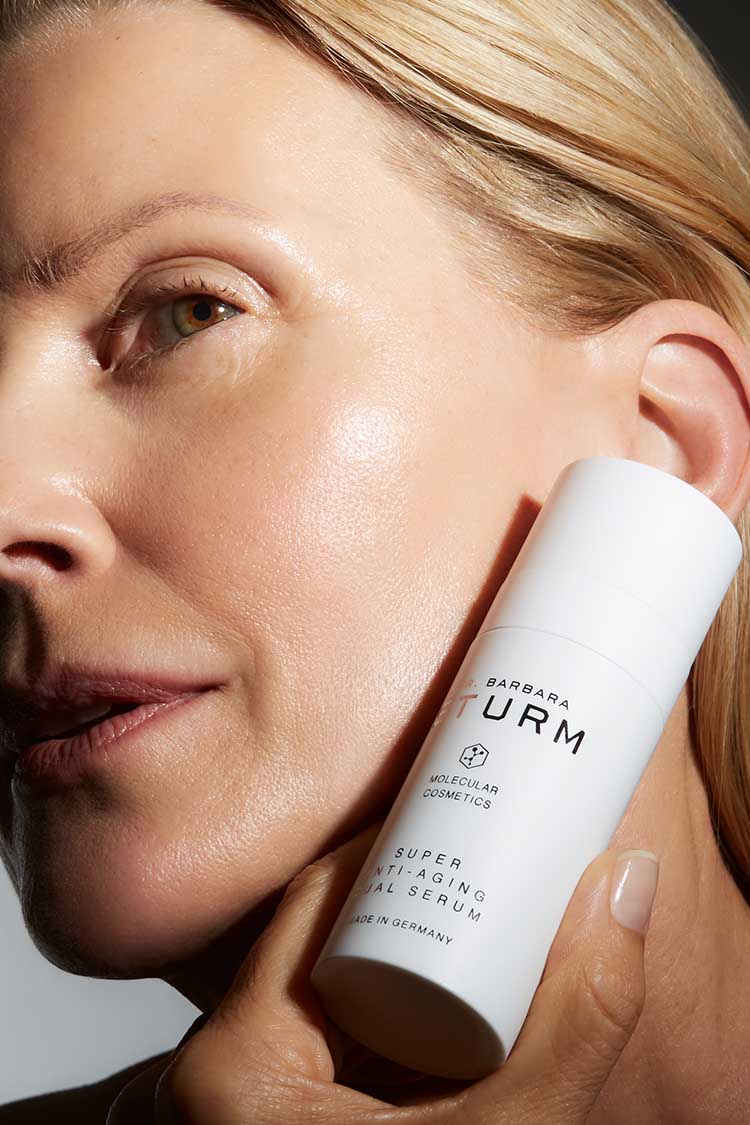
.jpg)


